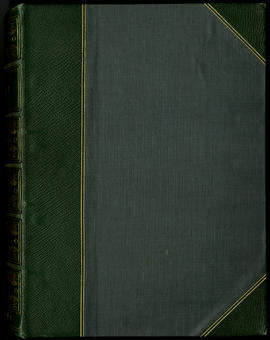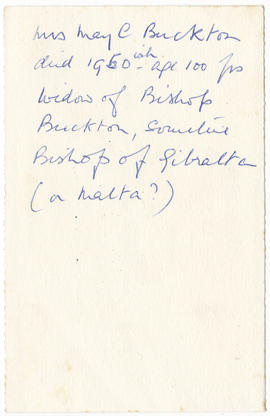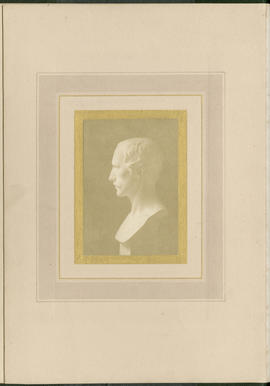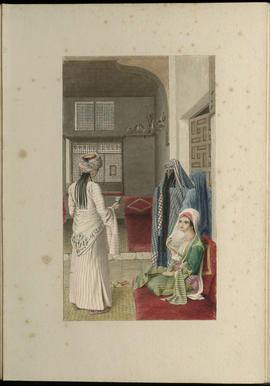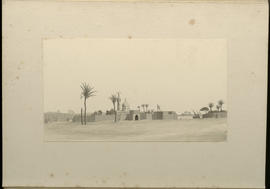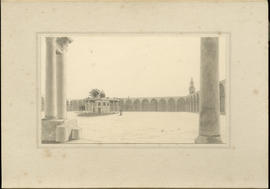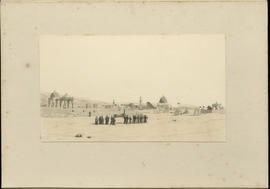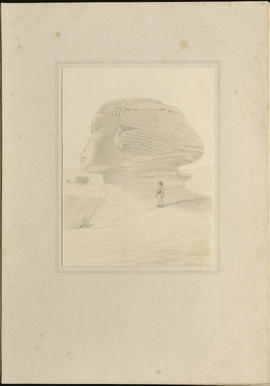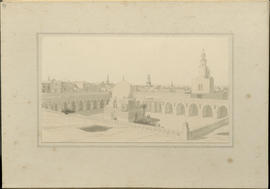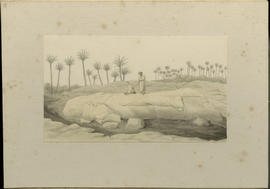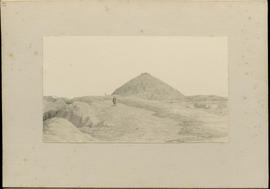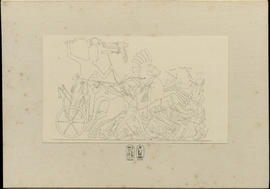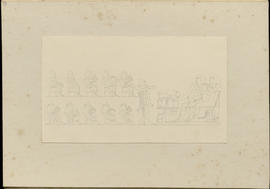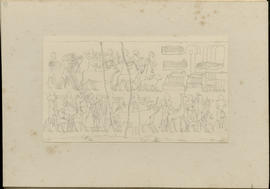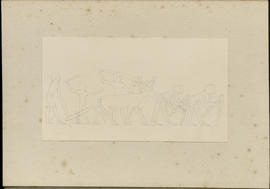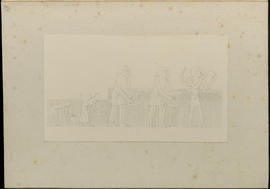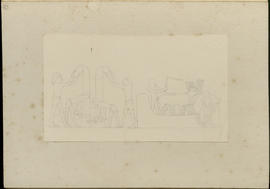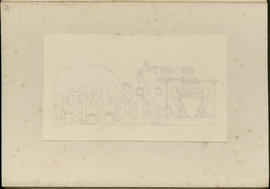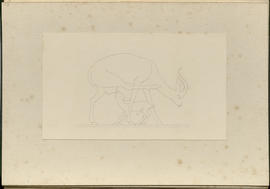Zona de identificação
Código de referência
Lane, E. W. MSS
Título
Edward William Lane Collection
Nível de descrição
Coleção
Zona do contexto
Nome do produtor
(1801-1876)
História biográfica
British Arabic scholar; he was born in Hereford, 17 Sept. 1801, son of Theophilus L., a military officer and prebendary of Hereford Cathedral, and Sophia Gardiner; after being educated at the Grammar Schools of Bath and Hereford, he joined his brother in ... »
História do arquivo
Most of the Lane drawings and manuscripts were formerly in the possession of Sir Reginald Ward Poole, Lane’s nephew.
Fonte imediata de aquisição ou transferência
- Most of the Lane drawings and manuscripts were donated in 1942 by Mrs Charles Larcom (daughter of Sir Reginald Ward Poole (1864-1941) and the great-niece of Edward Lane). Mrs Larcom passed Lane’s papers to Charles Francis Bell (1871-1966), who arranged their transfer to the Griffith Institute.
- Lane’s manuscript for Manners and Customs of the Modern Egyptians, comprising six notebooks and an accompanying album containing sketch maps of the Nile, was donated in 1947 by Austin Lane Poole (son of Reginald Lane Poole (1857–1939) and great-nephew of Edward Lane).
- Album Lane MSS 8: Forum Auctions, London. Books and Works on Paper, Online Sale, 23 March 2023, Lot 14. Acquired by the Griffith Institute at auction thanks to a grant from the Friends of the National Libraries (75%) and a number of donations to the Griffith Institute Archive (25%).
Zona do conteúdo e estrutura
Âmbito e conteúdo
Drawings, notebooks, notes and correspondence.
Zona de condições de acesso e utilização
Idioma do material
- árabe
- inglês
- grego
Instrumentos de descrição
Catalogue for MSS 1-7 compiled by Jason Thompson (http://www.griffith.ox.ac.uk/gri/4lane.pdf).
Zona de documentação associada
Existência e localização de originais
These are originals.
Zona das notas
Nota
- Cultural warning: Users of this material are warned that some records document concepts and observations of people and cultures using language from the nineteenth and twentieth centuries in ways that may be considered offensive today.
